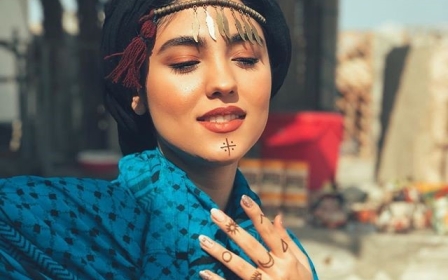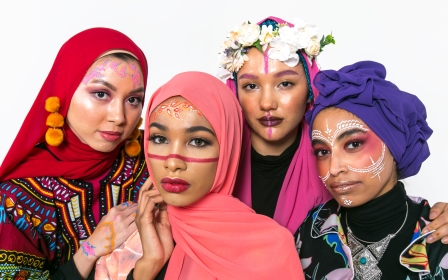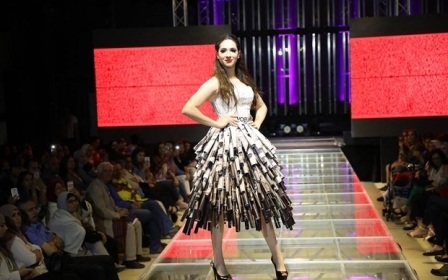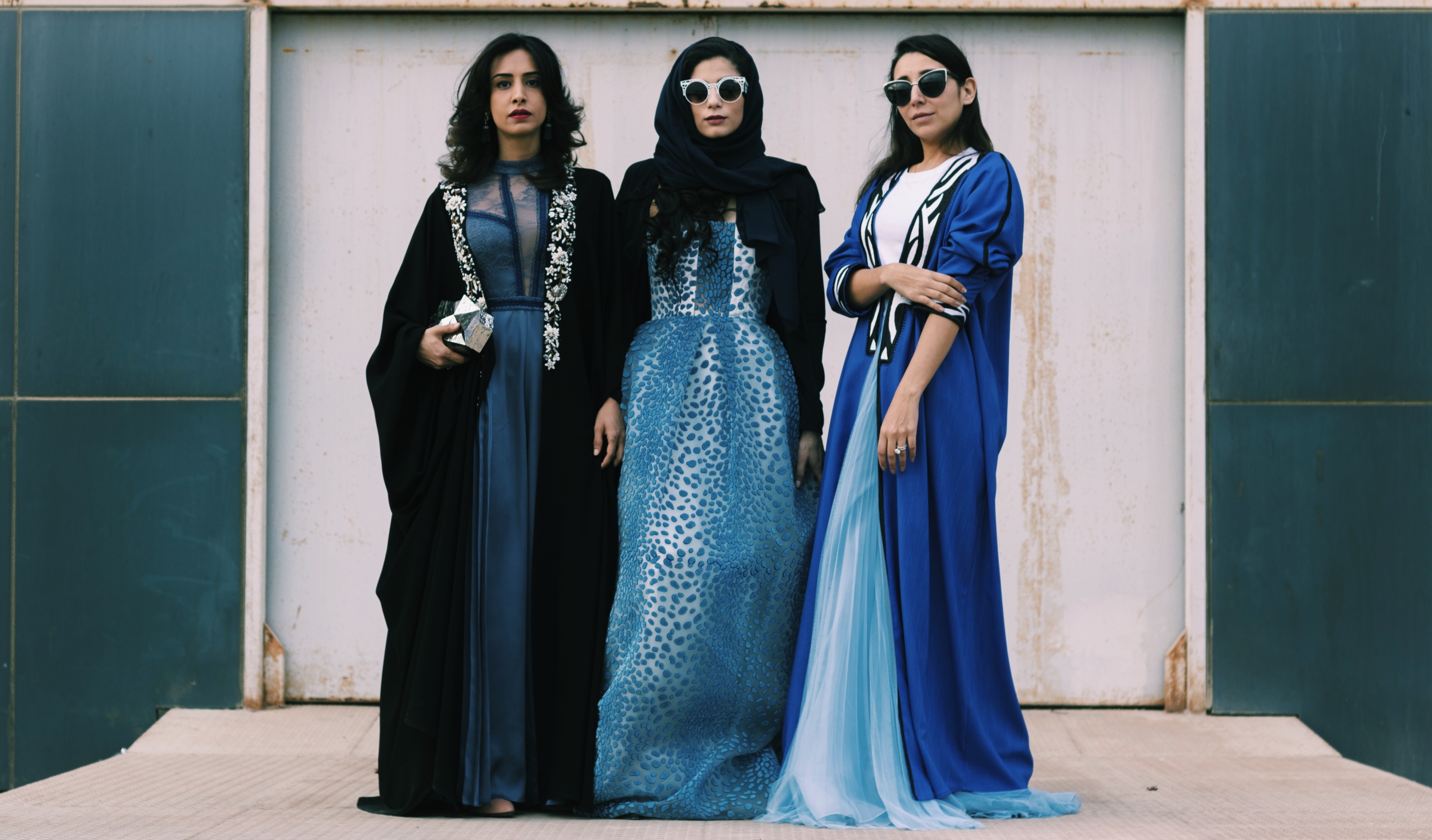
In pictures: Yes, Saudi women dress like... this

Depictions of Saudi women in the media rarely stray from subjugated, oppressed and in need of Western intervention, or, occasionally, as stereotype-breaking engineers or entrepreneurs. These misconceptions drove Jeddah-based entrepreneur and award-winning editor Marriam Mossalli (pictured, above) to create Under The Abaya: Street Style From Saudi Arabia. (Main photo: Under The Abaya/Lina Mohammed)
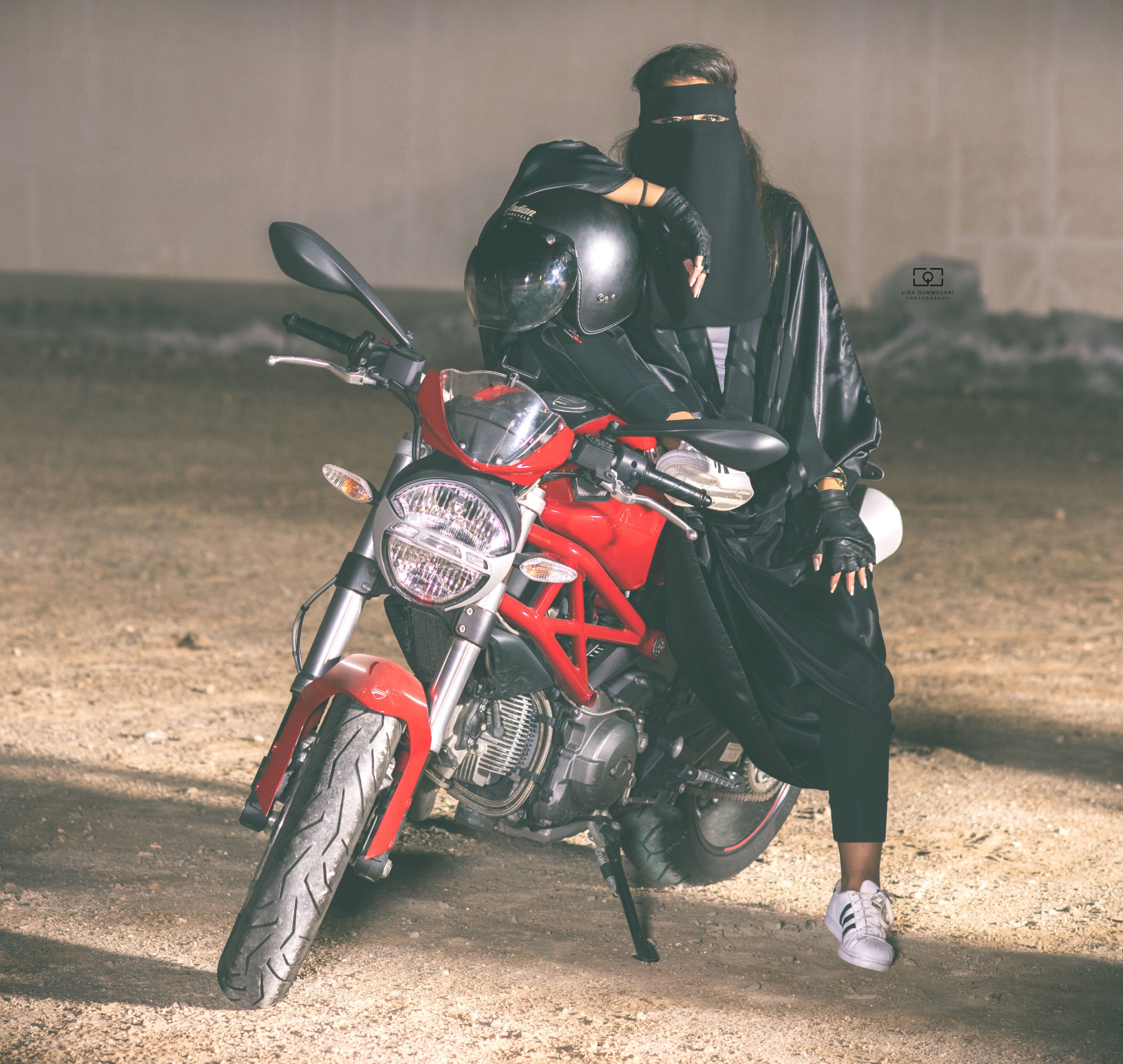
The book captures the changing face of Saudi Arabian woman, like this image from Jeddah-based Lina Qummosani. “I want to show the world that we’re more than these muted, black figures you see on the news. We’re strong, assertive and unapologetic,” Mossalli tells Middle East Eye. Though rectifying misconceptions isn’t Mossalli’s sole aim, the book showcases the multiplicities of Saudi women’s identities. “For the first time, we’re narrating our own story. We’re doctors, entrepreneurs and everything in between. We have opinions and ideas.” (Under the Abaya/Lina Qummosani)

Crown Prince Mohammed bin Salman announced last March that Saudi women are no longer required by law to wear a black abaya so long as their attire is "decent" and "respectful". In Under The Abaya, subjects define their own idea of suitable attire. (Under The Abaya/Reem Alswaidi)

Styles in Saudi Arabia vary, from more easygoing Jeddah to conservative Riyadh. Here, Manal al-Kholidan captures a rare glimpse of Riyadh girlhood, featuring subjects in khaki and beige. Mossali recalls: “I remember going to Riyadh as a girl from Jeddah in my coloured abaya and thinking: ‘Well, I’ll never do that again!’ I stuck out in the sea of black and white figures.” (Under The Abaya/Manal al-Kholidan)
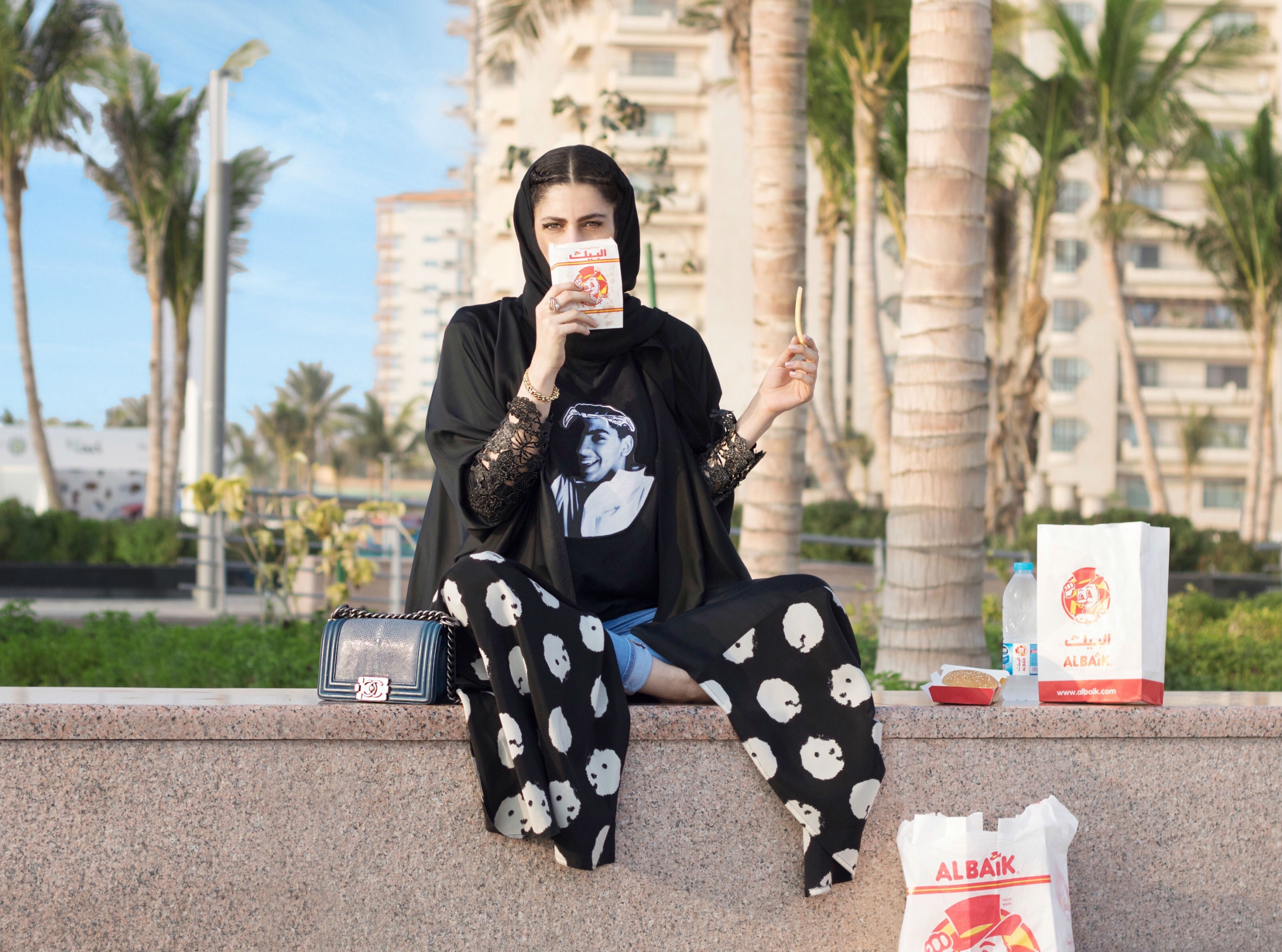
Paying tribute to the region’s rarely seen street style and the individualism of Saudi women has been a decade in the making. “I always wanted to do something to highlight the diverse and up-to-trend fashion scene here,” says Mossalli. (Under The Abaya/Lina Mohammed)
When Mossalli first made a call-out on her Instagram account in 2017, she received more than one thousand submissions from Saudi women. Initially they all wanted their identities and faces hidden, she says, but by the time of the submission deadline, the majority waived their anonymity. “Ninety-eight percent of contributors left a note asking if we can include their name, website or Instagram account!” (Under The Abaya/Abrar Hassan)
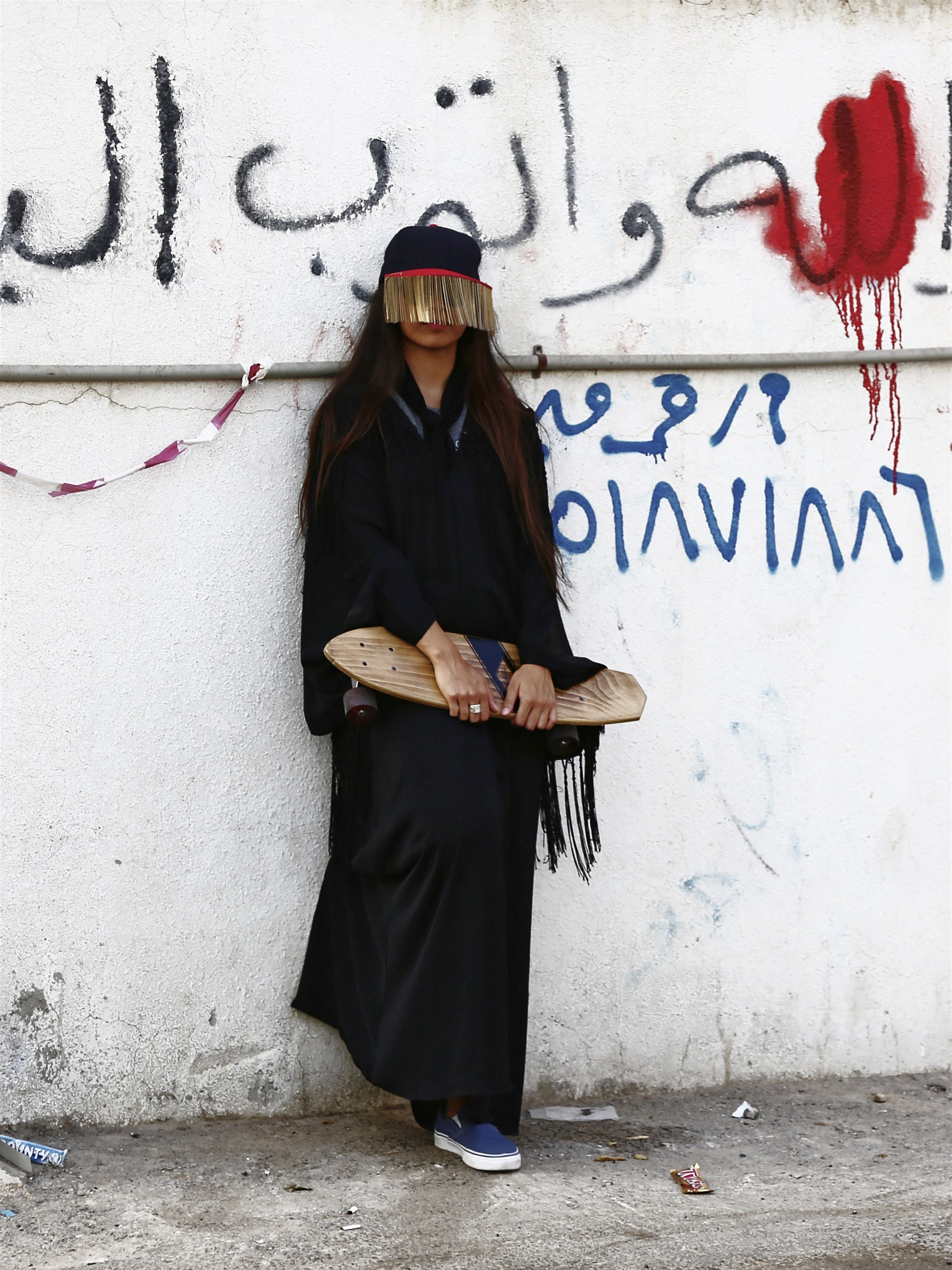
Mossalli says there has been global interest in the book, with orders from South Africa and Brazil among others. But she’s cautious that it might elicit an orientalist response, stressing that Saudi Arabian women’s accomplishments predated western focus on the country. “I was the youngest editor hired at my newspaper and was given a chance when I was 22. I wouldn’t have been given the same opportunity [elsewhere]. I launched my own business in 2011 too. I didn’t need a male guardian to do any of this.” (Under The Abaya/Ayesha Malik)
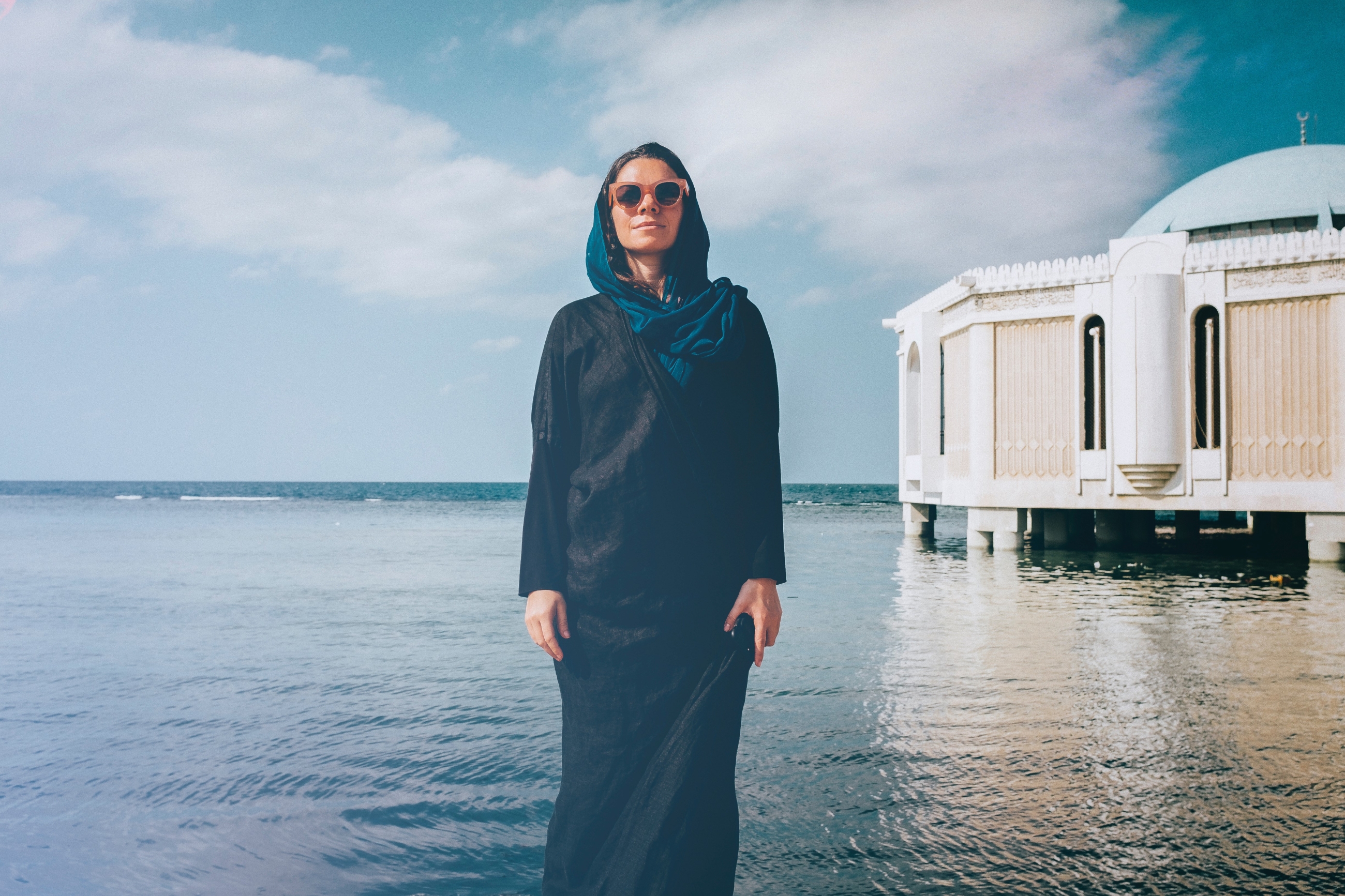
Mossalli launches the book’s second edition in autumn 2019. “I’d love to continue publishing editions as long as women are willing to participate," she says, adding that women’s contributions in repositioning the region internationally need to be recognised. “In reality, we’re the driving force. We’re the ones instigating change from the top and the bottom.” (Under The Abaya/Nasiba Hafiz)
Under The Abaya is available to pre-order at http://undertheabayaksa.com
Middle East Eye delivers independent and unrivalled coverage and analysis of the Middle East, North Africa and beyond. To learn more about republishing this content and the associated fees, please fill out this form. More about MEE can be found here.


